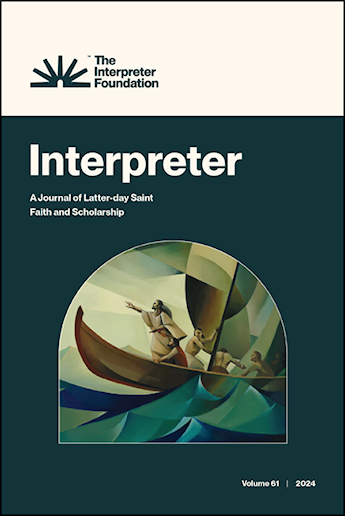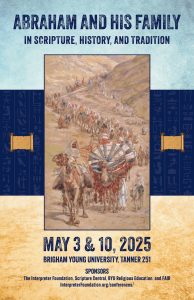Review of James E. Faulconer, Mosiah: A Brief Theological Introduction (Provo, UT: Neal A. Maxwell Institute for Religious Scholarship, 2020). 135 pages. $9.95 (paperback).
Abstract: The Maxwell Institute for the Study of Religion has released another book in its series The Book of Mormon: Brief Theological Introductions. This book by James E. Faulconer more than ably engages five core elements of the book of Mosiah, exploring their theological implications. Faulconer puzzles through confusing passages and elements: why is the book rearranged so that it isn’t in chronological order? What might King Benjamin mean when he refers to the nothingness of humans? And what might Abinadi mean when he declares that Christ is both the Father and the Son? The most interesting parts of the introduction to Mosiah are those chapters that sort through the discussion of politics as both Alma1 and Mosiah2 sort out divine preferences in constitutional arrangements as the Nephites pass through a political revolution that shifts from rule by kings to rule by judges. Faulconer asserts that no particular political structure is preferred by God; in the chapter about economic arrangements, Faulconer (as in his analysis of political constitutions) asserts that deity doesn’t endorse any particular economic relationship.



 Welcome to Interpreter: A Journal of Latter-day Saint Faith and Scholarship, the peer-reviewed journal of The Interpreter Foundation, a nonprofit, independent, educational organization focused on the scriptures of The Church of Jesus Christ of Latter-day Saints. Non-print versions of our journal are available free of charge, with our goal to increase understanding of scripture. Our latest papers can be found below.
Welcome to Interpreter: A Journal of Latter-day Saint Faith and Scholarship, the peer-reviewed journal of The Interpreter Foundation, a nonprofit, independent, educational organization focused on the scriptures of The Church of Jesus Christ of Latter-day Saints. Non-print versions of our journal are available free of charge, with our goal to increase understanding of scripture. Our latest papers can be found below. 
 Video and audio recordings are now available
Video and audio recordings are now available